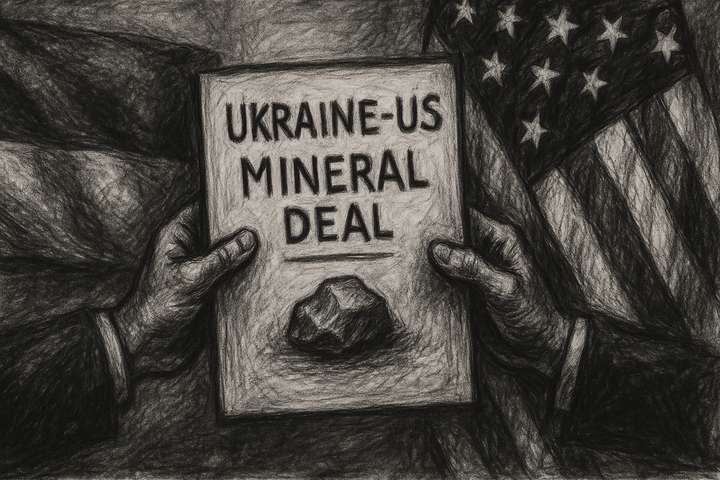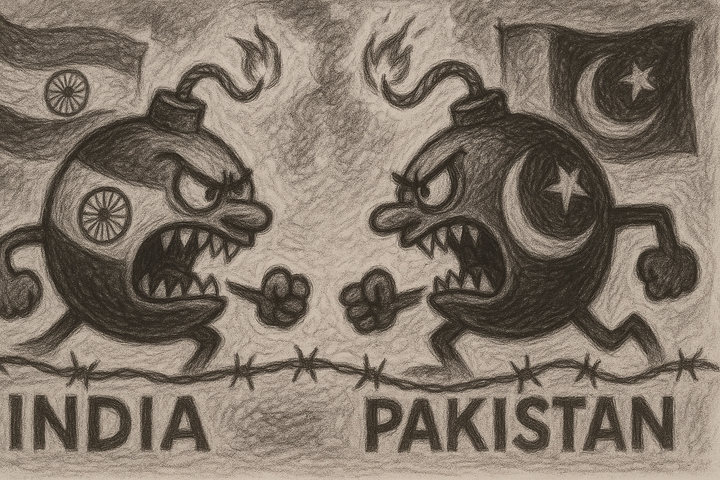Trade War on Pause: Are We Safe From Price Hikes?

This week has been a whirlwind of political events and market reactions as trade policies dominated headlines. From President Donald Trump’s sweeping tariff announcements to global market fluctuations, here’s a comprehensive breakdown of the events and their broader implications.
Timeline: Political Events and Market Reactions
Monday, February 3, 2025
- Morning:
- Event: President Donald Trump announced new tariffs targeting imports from Canada, Mexico, and China, citing trade imbalances and national security concerns.
- Market Impact: U.S. stocks opened sharply lower, with the S&P 500 down 0.8%, the Dow Jones Industrial Average falling 0.3%, and the Nasdaq Composite dropping 1.2%.
- Additional Context: Canadian Prime Minister Justin Trudeau promised retaliatory measures, setting the stage for escalating tensions.
- Afternoon:
- Event: Trump temporarily paused tariffs on Mexico and Canada following negotiations. Mexico agreed to deploy 10,000 troops to its northern border, focusing on reducing fentanyl trafficking and organized crime.
- Market Impact: Stocks rebounded, with the Dow Jones recovering over 0.5%. Investors viewed this development as a potential de-escalation in trade tensions.
Tuesday, February 4, 2025
- Morning:
- Event: A 10% tariff on Chinese imports went into effect, impacting a wide range of goods.
- Market Impact: Mixed reactions followed. The Dow Jones dipped 0.2%, while the tech-heavy Nasdaq gained 0.5%, reflecting cautious optimism in the tech sector.
- Global Reactions: China imposed export restrictions on critical materials as retaliation, fueling concerns about supply chain disruptions.
- Afternoon:
- Event: Secretary of State Marco Rubio announced plans to merge USAID with the State Department, aiming to streamline foreign aid operations. Rubio emphasized efficiency amidst geopolitical challenges.
- Market Impact: Although this announcement had limited immediate market effects, it sparked discussions on the role of federal agencies in international diplomacy.
Ongoing Developments
Global Context:
- Canada and Mexico pledged stronger measures to combat organized crime and drug trafficking as part of their agreements with the U.S.
- The European Union indicated possible retaliatory actions if U.S. tariffs extend to European goods. Such a move could heighten global trade tensions.
Key Political Headlines:
- The U.S. Senate confirmed Chris Wright, a fracking industry executive, as the new Secretary of Energy amidst protests from environmental groups.
- Elon Musk’s "Department of Government Efficiency" took control of USAID’s operations, sparking widespread controversy and debates about consolidating federal authority.
Analyst Insights and Market Outlook
The recent tariff announcements and subsequent negotiations have led to varied reactions from market analysts:
- Bank of America’s "Sell-Side Indicator": is contrarian indicator, which tracks recommended equity allocations by Wall Street strategists, reached 57% in January, just 1% below a sell signal. Historically, levels above 57% have led to lower returns in the subsequent 12 months. Despite this, Bank of America predicts a 10.5% price return over the next year, encouraging selective stock picking over broad index investing. (wsj.com)
- Daniel Loeb of Third Point: The billionaire investor anticipates a favorable environment for stock investments in 2025, despite the Trump administration's unconventional policy approaches. His hedge fund, Third Point, saw a 3.3% uptick in January following a 24.2% increase in 2024. Loeb predicts certain sector will benefit from these policies, leading to increased mergers and acquisitions and corporate activity. (wsj.com)
- Options Market Activity: Investors remain optimistic about the continuous rise of big tech stocks, buying options that profit on increases in companies like Apple and Amazon. Despite disruptions caused by Chinese competitor DeepSeek and tariff threats from President Trump, the tech sector has shown resilience. (wsj.com)
Specifics of the U.S.-Mexico and U.S.-Canada Agreements
In response to President Trump's tariff threats, both Mexico and Canada engaged in negotiations resulting in temporary suspensions of the proposed tariffs.
Mexico:
- Commitments: Mexico agreed to deploy 10,000 National Guard troops to its northern border to enhance security and curb the trafficking of fentanyl and illegal immigration. (reuters.com)
- U.S. Concessions: In return, the U.S. agreed ta 30-day suspension of the proposed 25% tariffs on Mexican imports, providing both nations time to implement and assess the agreed-upon measures. (reuters.com)
Canada:
- Commitments: Canada pledged to implement a $1.3 billion border security plan, which includes deploying 10,000 troops to the northern border and appointing a "Fentanyl Czar" to lead efforts against drug trafficking. (nypost.com)
- U.S. Concessions: Following discussions between President Trump and Prime Minister Trudeau, the U.S. agreed to a 30-day delay in imposing 25% tariffs on Canadian imports contingent upon Canada's commitment to the outlined security measures. (nypost.com)
These agreements underscore the collaborative efforts between the U.S. and its neighboring countries to address shared security concerns while mitigating potential economic disruptions from the proposed tariffs.
Implications for Global Trade Dynamics
The recent negotiations between the U.S. Mexico, and Canada have significant implications for global trade dynamics in the upcoming quarter:
- Supply Chain Adjustments: Businesses may need to reassess and potentially restructure their supply chains to accommodate the new security measures and any future policy changes resulting from these agreements.
- Trade Policy Uncertainty: The temporary nature of the tariff suspensions introduces uncertainty, prompting companies to remain vigilant and adaptable to potential policy shifts.
- Regional Collaboration: The agreements highlight a trend towards increased regional collaboration to address shared challenges, which could influence future trade negotiations and agreements.
As these developments unfold, stakeholders should monitor the implementation of the agreed-upon measures and remain prepared for potential adjustments in trade policies that could impact global trade dynamics.
Conclusion
This week’s developments underscore the intricate relationship between geopolitics and markets. The agreements reached with Mexico and Canada, while promising, highlight the fragile nature of international trade in the face of protectionist policies. Investors and policymakers alike must remain vigilant, as the temporary reprieve on tariffs may evolve into more complex negotiations that could redefine the global trade landscape.
How are you adjusting your strategies in light of these developments? Share your thoughts in the comments below—let’s discuss the implications together!




Comments ()